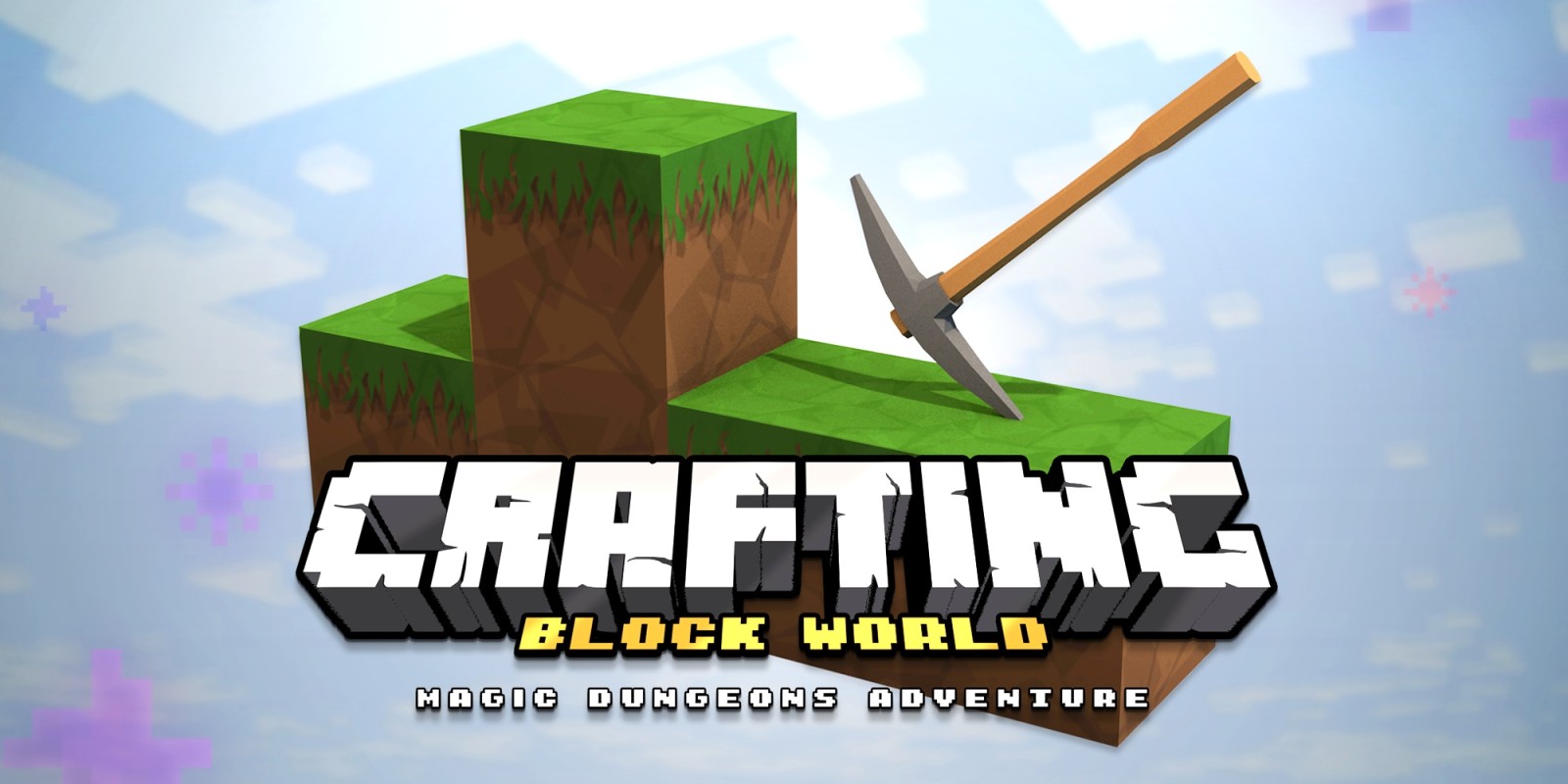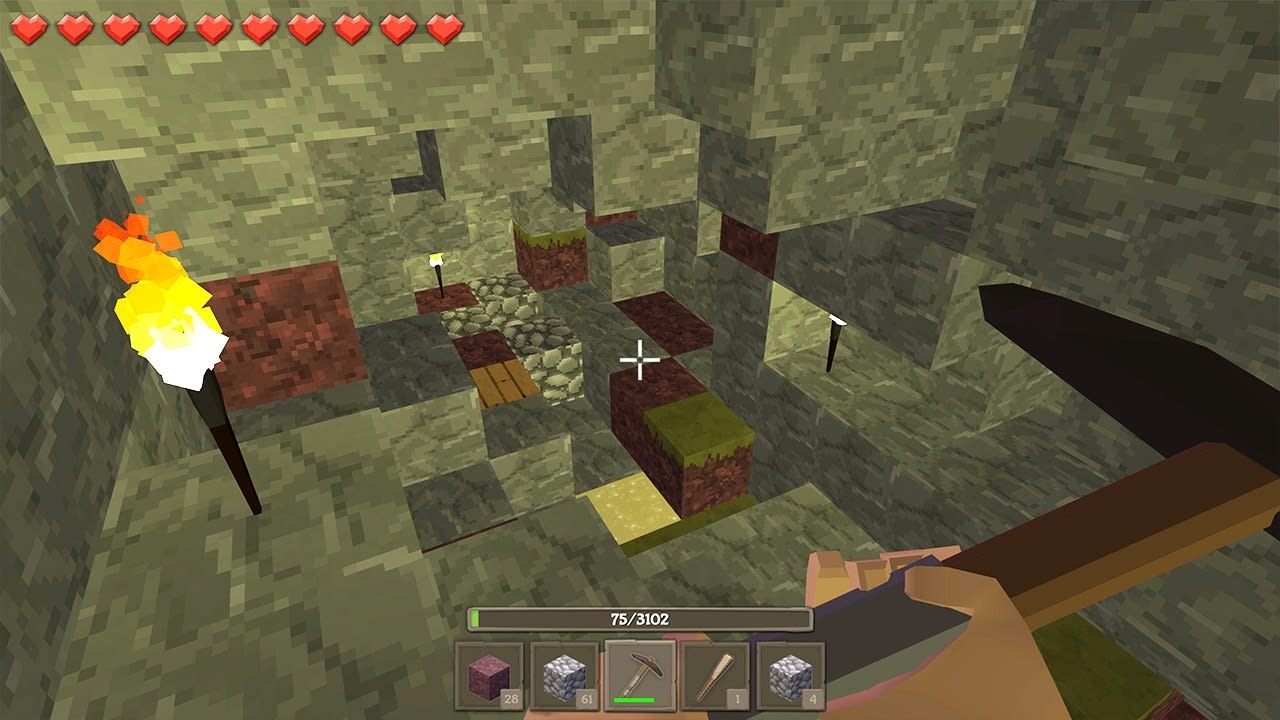
Forging Your Own Path: The Rise of Crafting in Adventure Games
For decades, adventure games have captivated players with their intricate narratives, memorable characters, and challenging puzzles. We’ve explored ancient temples, solved complex mysteries, and saved the world countless times, all while relying on our wits and a carefully curated inventory. But a subtle yet powerful shift has been occurring in the genre, a melding of traditional adventure gameplay with the rewarding and deeply engaging mechanics of crafting. This fusion has not only broadened the scope of adventure games but has also empowered players to become active architects of their own experience, shaping their journey through resourcefulness and creativity.
The integration of crafting into adventure games isn’t simply a cosmetic addition; it fundamentally alters the player’s relationship with the world. No longer are we merely observers navigating a pre-determined path. We become active participants, harvesting resources, experimenting with recipes, and building the tools we need to overcome obstacles and progress through the story. This sense of agency and ownership over the game world is a powerful draw, adding layers of depth and replayability to the adventure experience.
A Natural Evolution: The Seeds of Crafting in Adventure
While crafting might seem like a relatively recent trend, its roots can be traced back to the very foundations of adventure games. Classic point-and-click adventures often involved intricate item combinations to solve puzzles. Remember combining a rubber chicken with a pulley to cross a chasm? That’s crafting in its most basic form. The difference lies in the level of abstraction and the degree of player agency.
Early adventure games often presented these combinations as pre-determined solutions, leaving little room for experimentation. The player was essentially following a recipe provided by the developers. Modern crafting systems, on the other hand, often offer a wider range of possibilities, encouraging experimentation and rewarding players for thinking outside the box.
The rise of survival games like Minecraft and Don’t Starve played a significant role in popularizing crafting mechanics. These games demonstrated the addictive nature of gathering resources, learning recipes, and building tools to survive in a hostile environment. It was only a matter of time before these mechanics began to seep into other genres, including adventure games.
The Spectrum of Crafting: From Garnish to the Main Course
Crafting in adventure games can manifest in various forms, ranging from simple resource management to complex crafting systems that are integral to the core gameplay loop.
-
Light Crafting: In some games, crafting is a supplementary mechanic, used to enhance the adventure experience without dominating it. For example, a game might allow you to craft potions to heal yourself or repair broken tools. These systems are usually straightforward, requiring a limited number of resources and recipes. Games like The Witcher 3: Wild Hunt (while not strictly an adventure game, it heavily incorporates adventure elements) offer a light crafting system that allows players to create potions, bombs, and oils to aid them in combat and exploration.
-
Medium Crafting: This involves a more robust crafting system that plays a more significant role in progression. Players might need to craft specific items to solve puzzles, unlock new areas, or progress the story. These systems often involve more complex recipes and require players to explore the world to find rare resources. Games like Subnautica successfully blend exploration and crafting, requiring players to build bases, vehicles, and specialized equipment to survive in the alien ocean.
-
Heavy Crafting: In games with heavy crafting, the entire adventure revolves around gathering resources, crafting items, and building structures. The crafting system is the primary means of interacting with the world and overcoming challenges. Games like The Forest and Green Hell exemplify this approach, where survival depends entirely on the player’s ability to craft tools, build shelter, and manage their resources.
The specific type of crafting system employed depends on the overall design of the game. Light crafting adds depth without overwhelming the player, while heavy crafting creates a more immersive and challenging experience. The key is to strike a balance that complements the narrative and gameplay mechanics.
The Appeal of Crafting: Why It Works in Adventure Games
The integration of crafting into adventure games is not just a trend; it’s a natural evolution that enhances the genre in several key ways:
-
Enhanced Immersion: Crafting grounds the player in the game world. By requiring them to gather resources and build tools, it forces them to pay attention to their surroundings and interact with the environment in a meaningful way. This leads to a greater sense of immersion and connection to the game world.
-
Increased Agency: Crafting empowers the player to shape their own experience. They can choose which items to craft, which skills to develop, and which areas to explore. This sense of agency makes the player feel more invested in the story and more responsible for their own success.
-
Problem-Solving Diversity: Crafting provides an alternative approach to problem-solving. Instead of relying solely on dialogue or traditional puzzle mechanics, players can use their crafting skills to overcome obstacles. This adds variety to the gameplay and encourages creative thinking.
-
Progression and Reward: Crafting provides a tangible sense of progression. As the player gathers resources, learns new recipes, and builds more powerful items, they feel a sense of accomplishment. This sense of reward keeps them engaged and motivated to continue playing.
-
Replayability: Crafting systems often offer a wide range of possibilities, encouraging players to experiment and discover new combinations. This adds replayability to the game, as players can try different crafting strategies and explore different paths through the story.
Examples of Successful Crafting Adventure Games
Several games have successfully integrated crafting into the adventure genre, demonstrating the potential of this combination:
-
Kingdom Come: Deliverance: This historical RPG features a realistic crafting system that allows players to create weapons, armor, potions, and food. The crafting system is closely tied to the game’s economy and progression, making it an integral part of the experience.
-
Disco Elysium: While not a traditional crafting game, Disco Elysium incorporates a unique "Thought Cabinet" system where players internalize and develop character traits. This system can be seen as a form of crafting, as players are actively shaping their character’s personality and abilities.
-
The Long Dark: This survival simulation game emphasizes resource management and crafting. Players must scavenge for supplies, build shelters, and craft tools to survive in the harsh Canadian wilderness.
-
Outer Wilds: This unique adventure game involves exploring a solar system stuck in a time loop. While it doesn’t feature traditional crafting, the player must gather knowledge and piece together clues to unravel the mystery of the loop. This process of gathering and synthesizing information can be seen as a form of intellectual crafting.
The Future of Crafting in Adventure Games
The integration of crafting into adventure games is likely to continue to evolve in the coming years. We can expect to see more sophisticated crafting systems that offer greater player agency and more meaningful interactions with the game world. We might also see the emergence of new hybrid genres that blend adventure, crafting, and other gameplay mechanics.
One potential direction is the development of more dynamic and emergent crafting systems. Instead of relying solely on pre-defined recipes, these systems would allow players to experiment with different combinations of resources and discover new crafting possibilities on their own. This would create a more unpredictable and rewarding crafting experience.
Another possibility is the integration of crafting into the narrative. Instead of simply providing tools and resources, crafting could be used to tell stories and reveal secrets about the game world. For example, a player might discover a hidden recipe that reveals a forgotten piece of lore or a crafting material that unlocks a new questline.
Ultimately, the success of crafting in adventure games depends on its ability to enhance the core gameplay experience and deepen the player’s connection to the game world. By providing players with agency, encouraging experimentation, and rewarding creativity, crafting can transform adventure games into truly immersive and unforgettable experiences. As developers continue to experiment and refine these mechanics, the future of adventure gaming looks brighter than ever, forged in the fires of player ingenuity.

